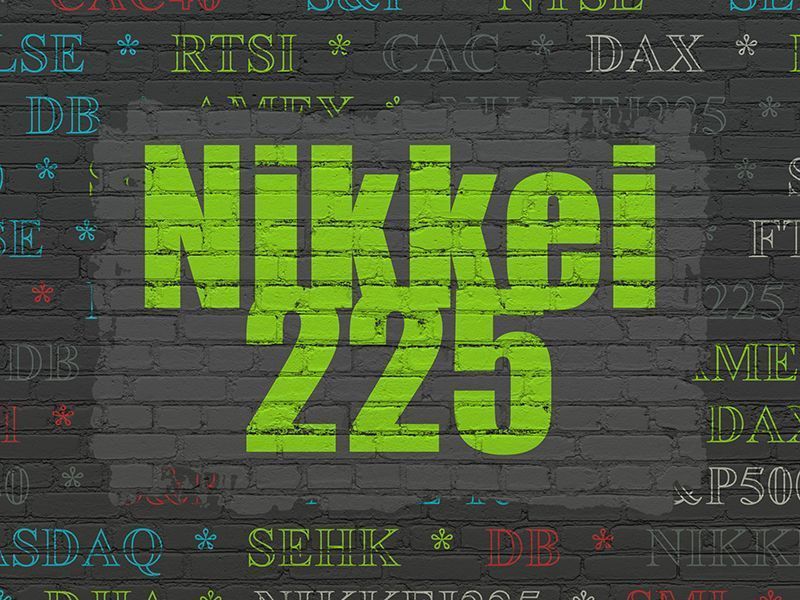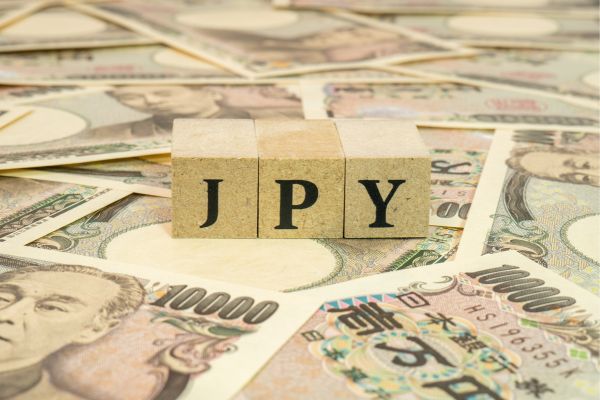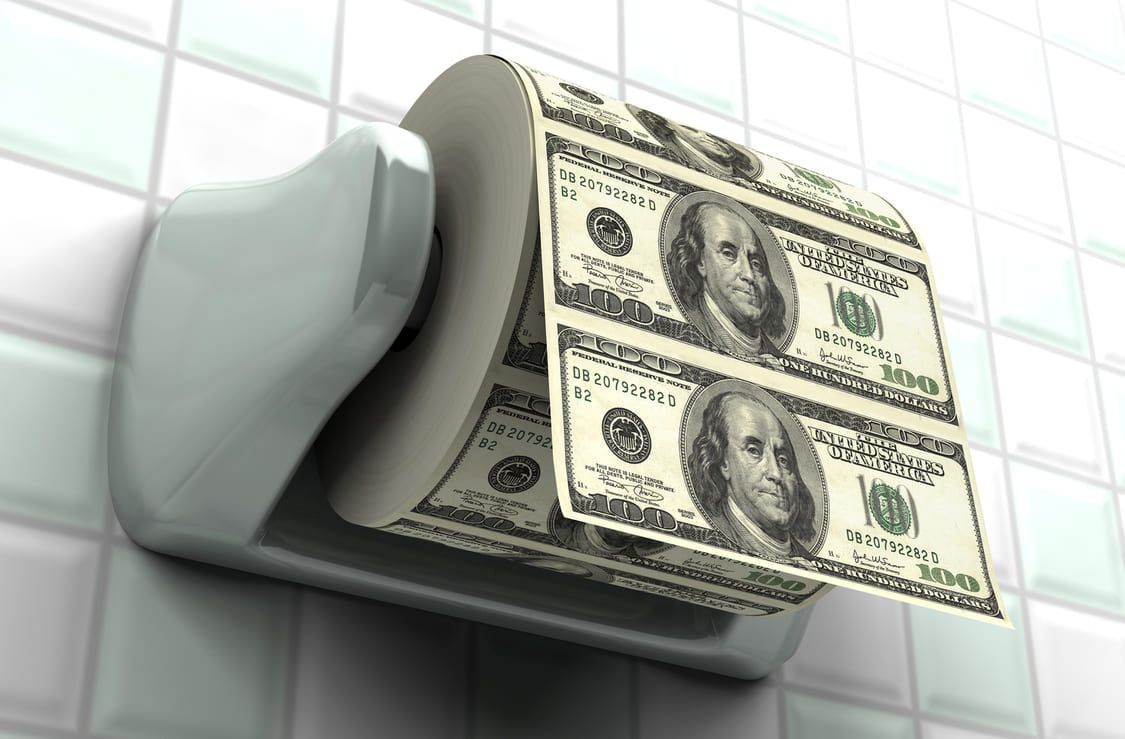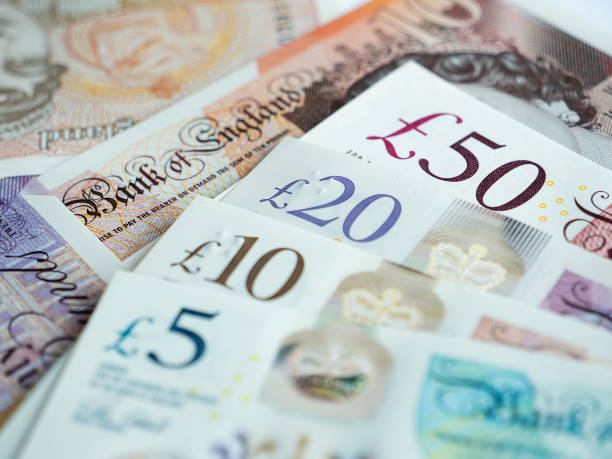BOJ may not be as dovish as Ueda's cautious rhetoric suggests

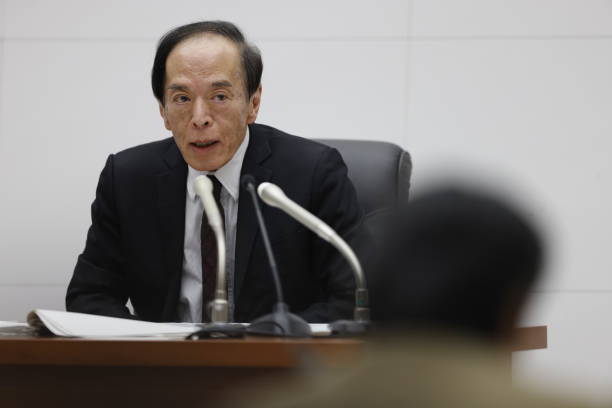
By Leika Kihara
TOKYO (Reuters) -Japan's improving economic conditions and receding U.S. recession worries are likely to bring prospects of a December or January interest rate hike back into view, even as a new government complicates the politics around monetary policy.
A significantly dovish shift in rhetoric from Bank of Japan Governor Kazuo Ueda and surprising opposition to further rate hikes by new Prime Minister Shigeru Ishiba have cast doubts over when the central bank would next tighten policy.
Despite the recent change in mood around policy, however, sources and analysts see a growing economic case for the central bank to take Japan's rates further away from historic lows and for the BOJ to step up its hawkish signalling.
While the BOJ is expected to keep interest rates steady at its Oct. 30-31 meeting, it will roughly maintain its forecast for inflation to stay around its 2% target through March 2027, say three sources familiar with its thinking.
Former BOJ official Nobuyasu Atago, who is currently chief economist at Rakuten Securities Economic Research Institute, said the central bank is unlikely to want to wait until March to raise rates again.
"Recent developments surrounding the U.S. economy, including receding risks of a severe downturn, will work in favour of further BOJ rate hikes. From that perspective, the chance of a near-term rate increase is heightening," Atago said.
"I don't think the Ishiba administration would push back against the BOJ's efforts to raise interest rates."
With inflationary pressure from import costs subsiding, Ueda has said the central bank can "afford" to spend time scrutinising risks, such as unstable markets and U.S. economic uncertainties, in timing the next rate hike.
But that does not necessarily mean the BOJ will stand pat for a prolonged period, especially if conditions for a rate hike fall into place, the sources say.
Many BOJ policymakers see the economy on track for a moderate recovery with higher wages underpinning consumption and helping sustain broad-based price rises, the sources say, meeting the prerequisite of further rate hikes.
"It's true the BOJ is in no rush" with few signs inflation is firing up, one of the sources said. "But that doesn't mean it will unnecessarily delay the next rate hike."
"What the BOJ is likely trying to do is to give itself a bit of wiggle room on when to change policy," another source said on Ueda's comment.
The BOJ ended negative interest rates in March and raised short-term borrowing costs to 0.25% in July, taking a landmark shift away from the decade-long radical monetary stimulus of the previous governor.
NAVIGATING UNCERTAINTIES
Uncertainty over Ishiba's stance on monetary policy and the risk of renewed market volatility from the U.S. Federal Reserve's fresh rate-cut cycle have heightened challenges for the BOJ to nudge rates up again.
From a macroeconomic perspective, however, the BOJ has few reasons to pause.
Base salaries rose at the fastest pace in nearly 32 years in August, reflecting this spring's labour-management pay negotiations that led firms to deliver bumper pay hikes.
Growing prospects of sustained wage increases are prodding more service-sector firms to hike prices, a BOJ report showed, heightening the chance of a broad-based rise in inflation.
While slowing U.S. and Chinese demand cloud the outlook, the headwinds have yet to hit manufacturers, with a quarterly central bank survey showing the business mood holding up and companies retaining robust spending plans.
Even the external risks Ueda highlighted in his recent dovish commentary, such as the U.S. outlook and market volatility, appear to be diminishing.
Brisk U.S. job growth suggests resilience in the world's largest economy, alleviating one concern Ueda cited as reason to go slow in raising rates.
Markets have also restored some calm with the Nikkei average recouping most of August's rout. The yen is stable around 149 to the dollar, off a three-decade trough near 162 hit in early July but comfortably below the 140 mark which, if breached, would hit exports.
The BOJ's quarterly outlook report, due after its Oct. 30-31 meeting, will offer clues on how worried the bank remains about markets and overseas risks. Key would be whether such risks are mentioned in the report's portion on future policy guidance, the sources said.
After the October meeting, the BOJ next meets for a rate review on Dec. 18-19 followed by one on Jan. 23-24.
The outcome of a general election slated for Oct. 27 will also be crucial for the next rate hike timing.
Japan's new economy minister, Ryosei Akazawa, on Tuesday backed the BOJ's rate decision, brushing aside views the new administration would push back against efforts to normalise monetary policy.
The likelihood of a December or January rate hike could heighten if premier Ishiba, who was previously seen as a policy hawk, strengthens his grip within his ruling party with a solid election victory, some analysts say.
"In a way, uncertainties always exit," a third source said. "From here on, the timing (of a rate hike) will pretty much be a judgment call."
(Reporting by Leika Kihara; Editing by Sam Holmes)

